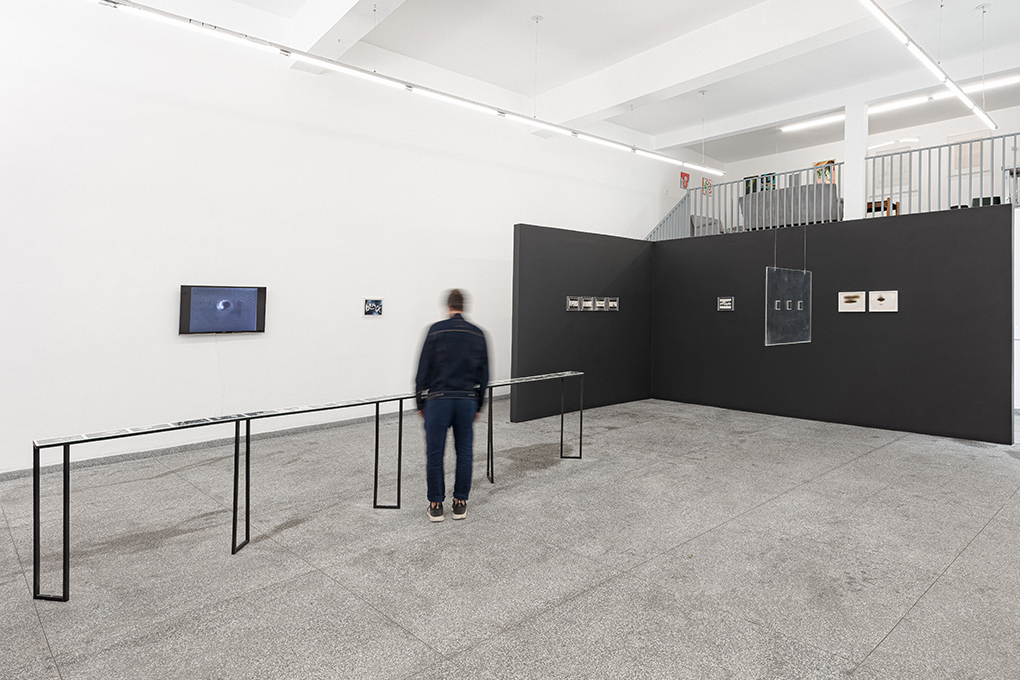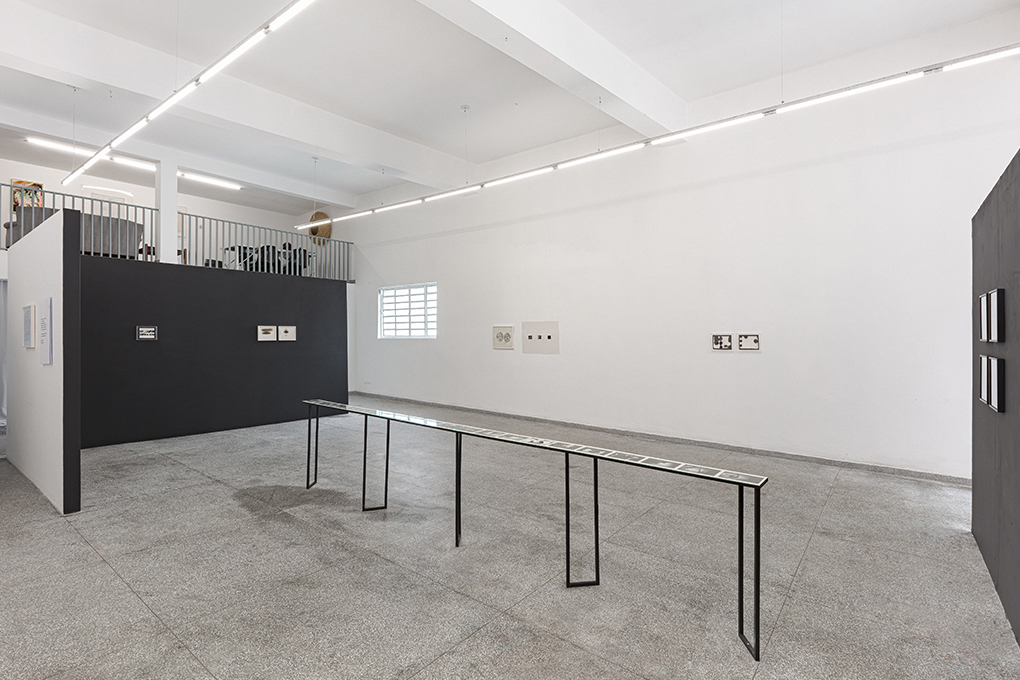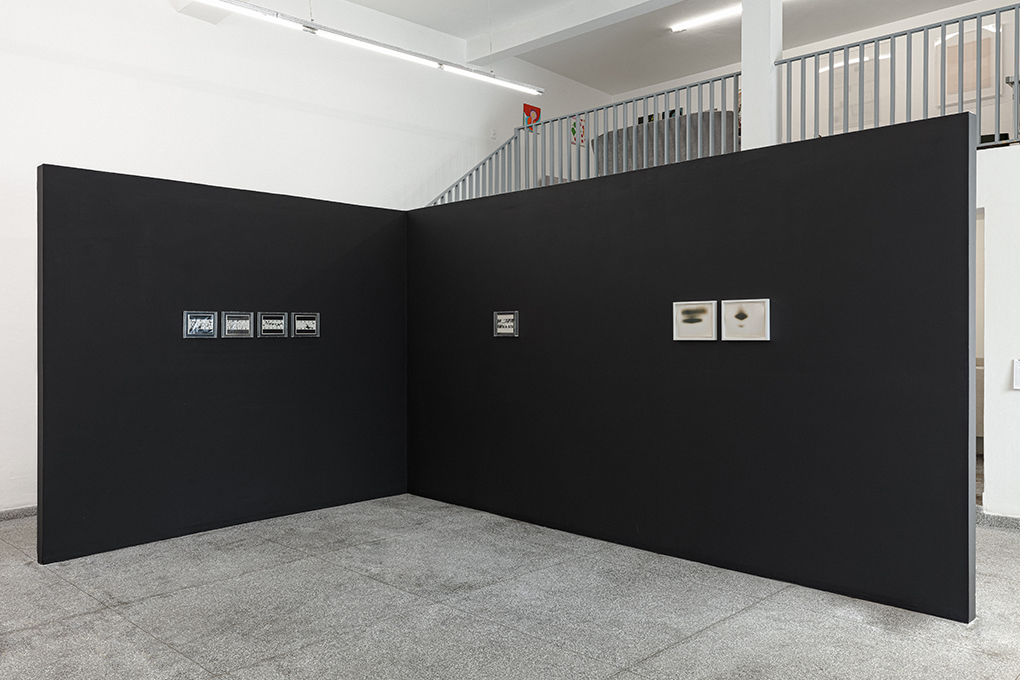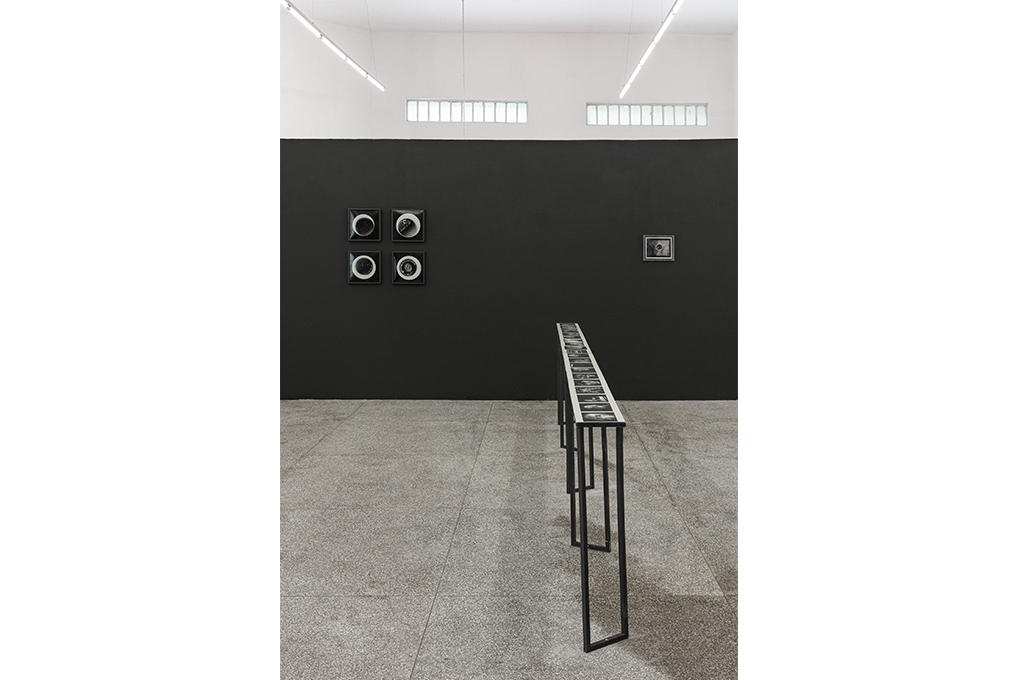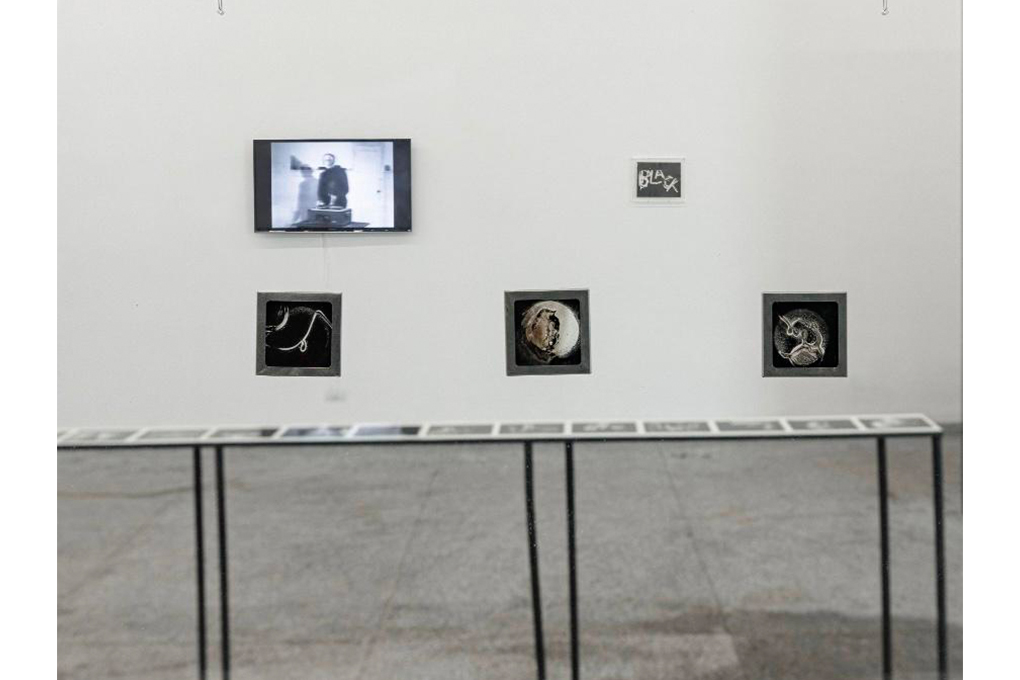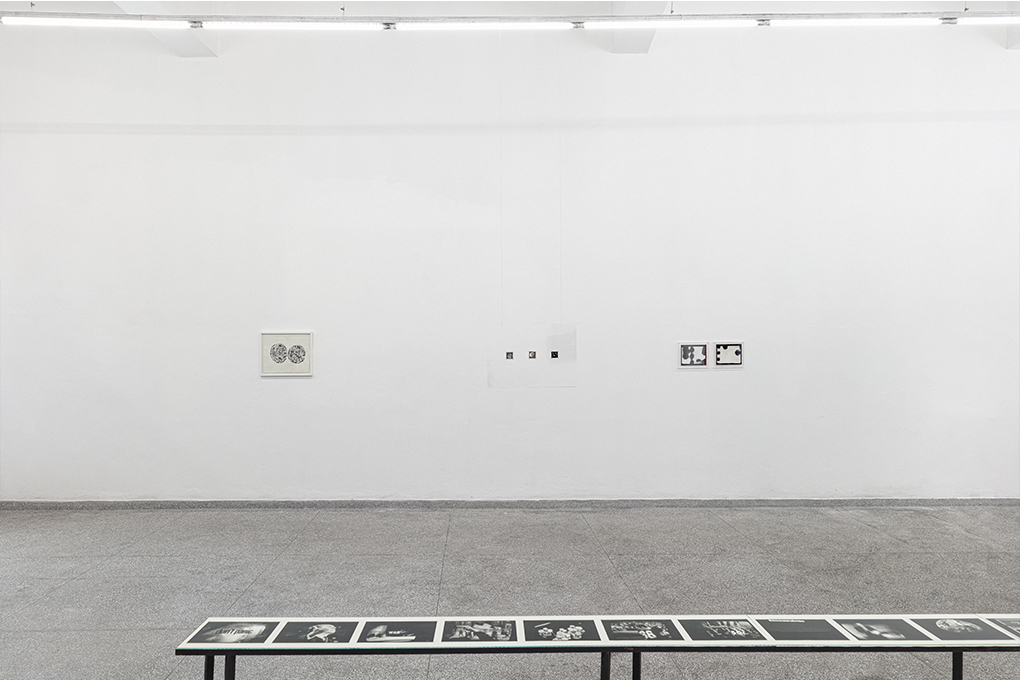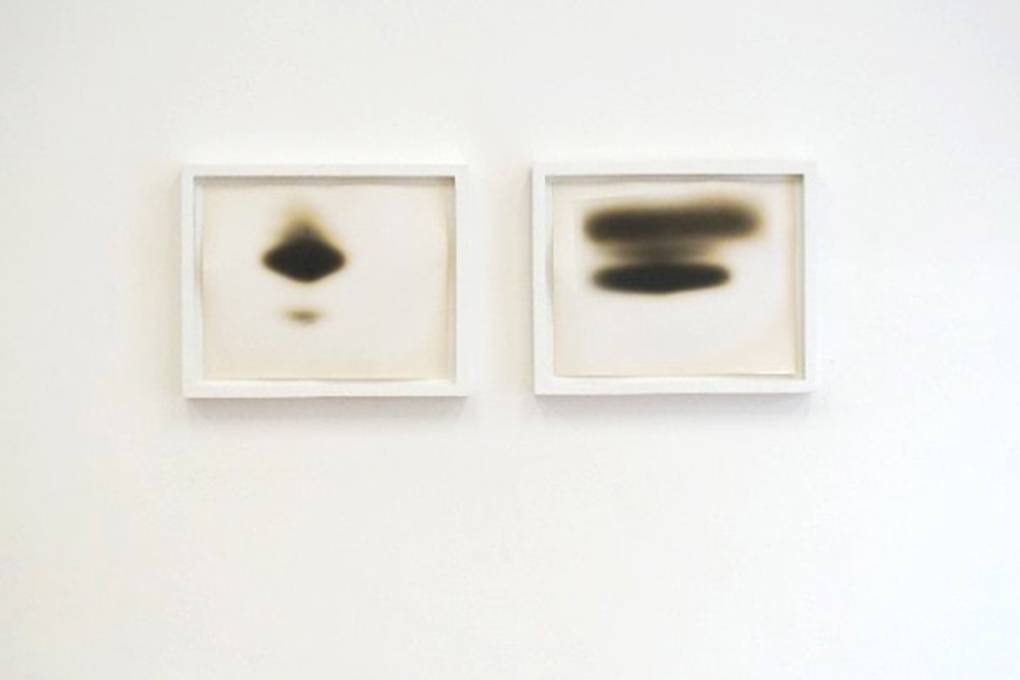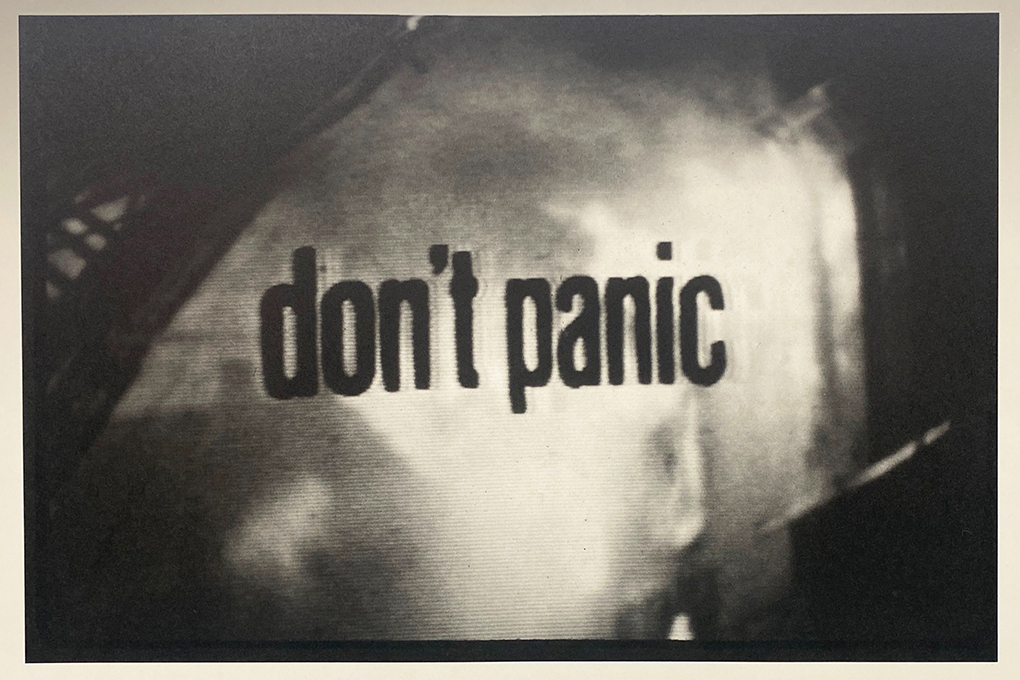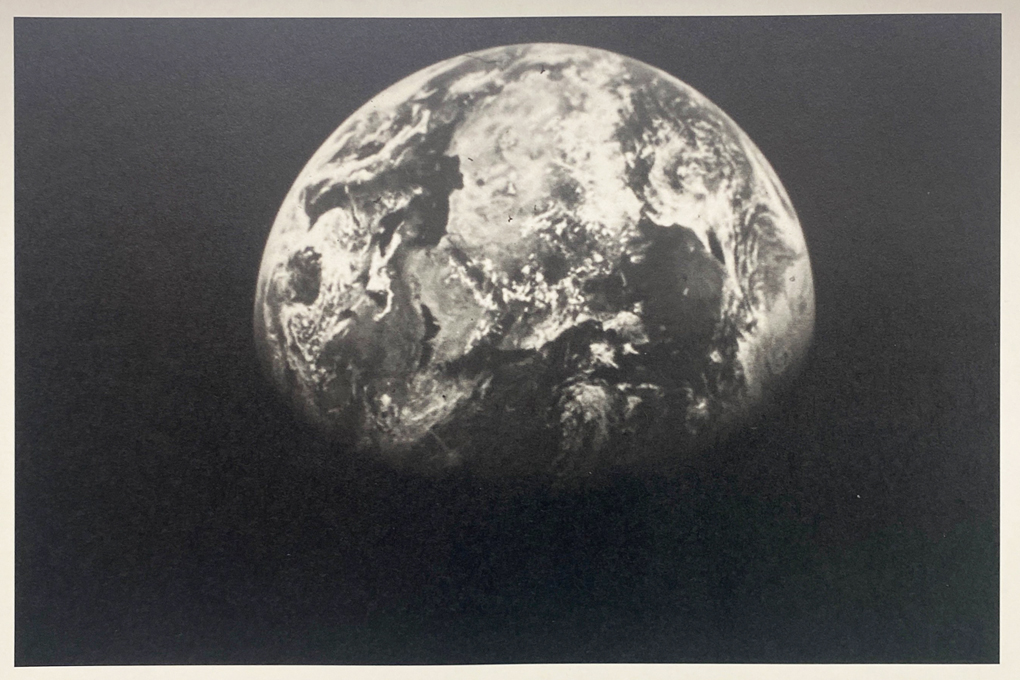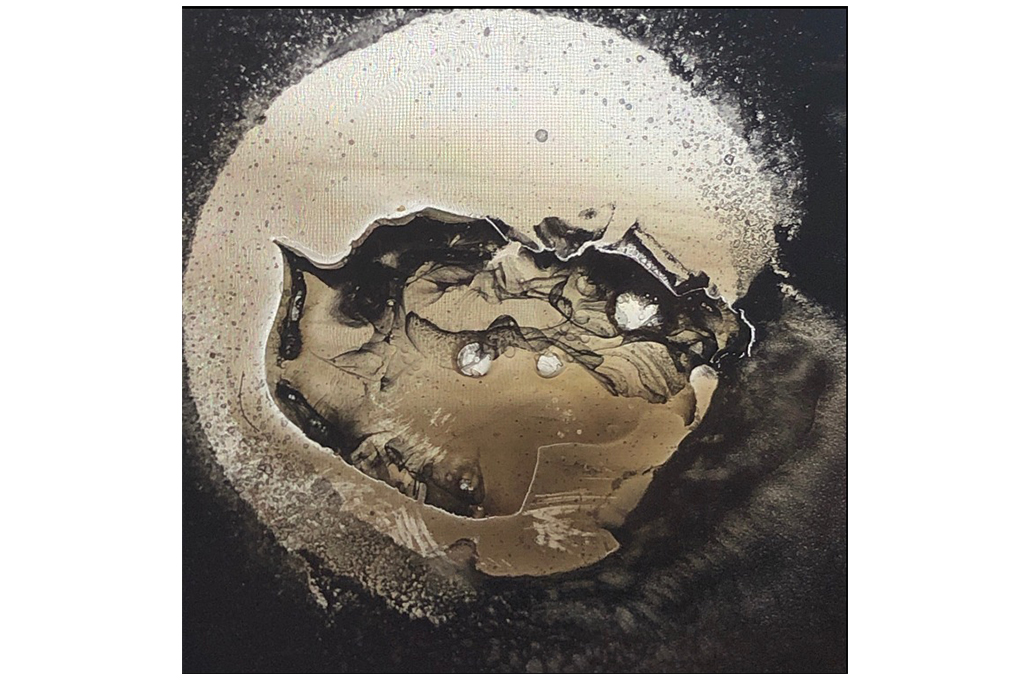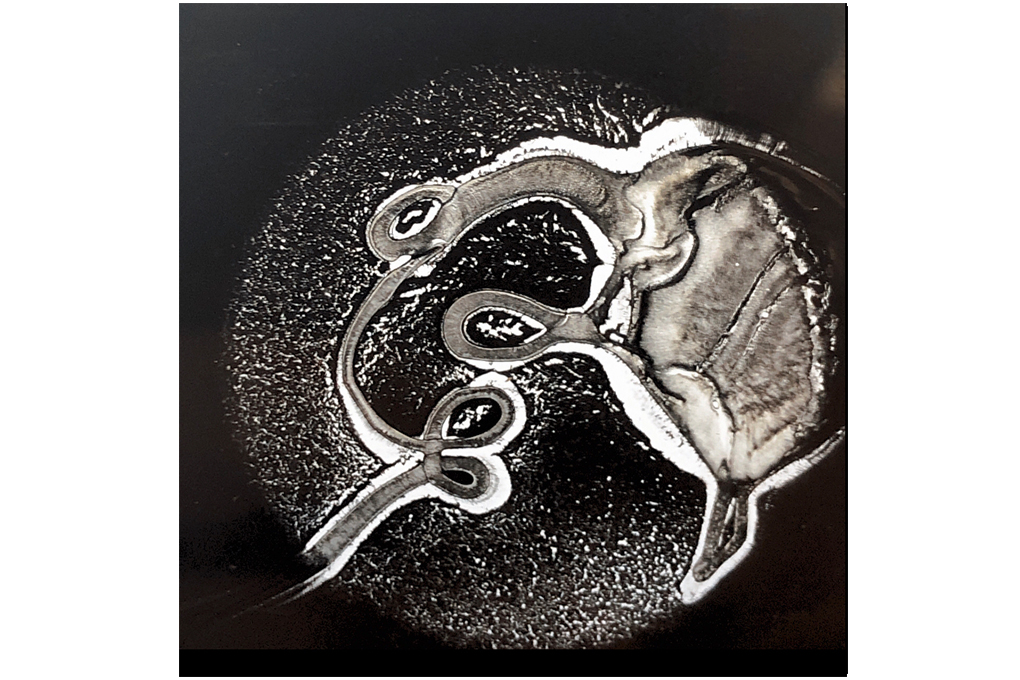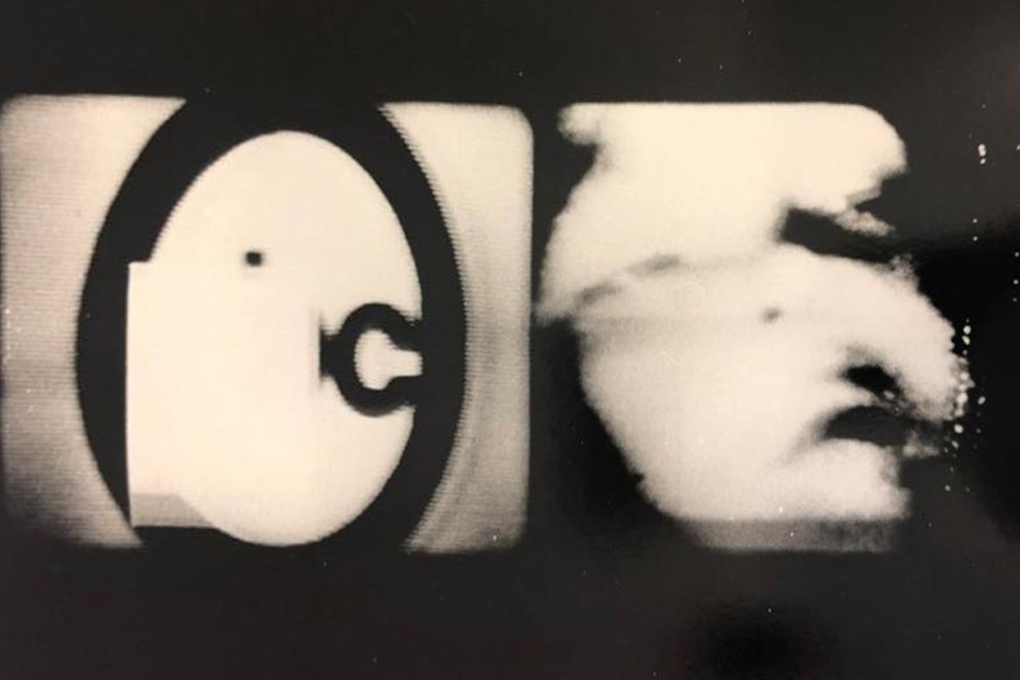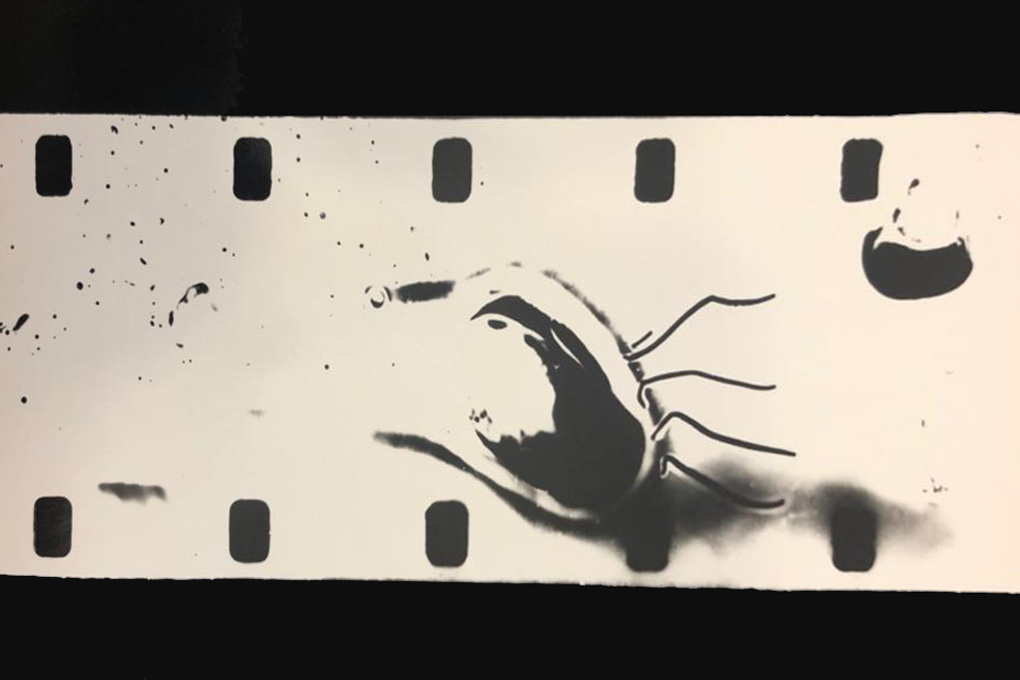Solo exhibition “Zero Black”, Aldo Tambellini (1930-2020)
Curated by Jane de Almeida
Opening: October 28th, 2023. From 1pm to 7pm.
Exhibition from October 28th to December 9th, 2023.
On October 28, 2023 Casanova Gallery presents the first solo exhibition of the Italian-American artist
Aldo Tambellini (1930-2020) in Brazil, in partnership with the Aldo Tambellini Art Foundation.
The exhibition “Zero Black”, curated by Jane de Almeida, will present Tambellini’s original works from the ‘60s, ‘70s and ‘90s. Works include a series of “Lumagrams,” “Videograms,” poems, photographs and the video “Aldo Tambellini Cathodic works” (1966 – 1976). “Lumagrams” are hand-painted glass slides, made by the artist and projected on screens, inflatables or performers. The word “Lumagram,” coined by Tambellini, is a combination of the Latin words for “light” and “writing”. “Videograms” were produced by Tambellini by placing photographic paper directly in front of a TV screen and then turning the TV on and off rapidly. Electrons would fly through the vacuum crashing into the phosphor coating inside the screen, illuminating pixels to produce the “Videograms”, resulting in a unique, camera-less image. Tambellini created video art sculptures, one of which, “Black Spiral,” was included in the seminal exhibition “TV as a Creative Medium”, the first video art exhibition in the United States, in 1969.
Although Tambellini was born in the United States, he was raised in Lucca, Italy, where he began his art studies at the age of ten. He remembered the terror of the Second World War, which affected his relatives and neighbors and had a huge impact on his art. In 1946, Aldo returned to the United States, continuing his painting studies at Syracuse University and later at the University of Notre Dame, receiving his Masters Degree of Arts. In 1959, Aldo moved to the Lower East Side of New York where he opened the Gate Theatre and then the Black Gate, with Otto Piene, the first “Electromedia” theater in New York. Many artists performed at the Black Gate, including Jack Smith, Yayoi Kusama and Nam June Paik. Aldo and Otto Piene participated in two major television events, “Black Gate Cologne,” the first program by artists, broadcast on a television station in Germany (1968) and “The Medium is the Medium,” organized by WGBH Boston. (1969), the first program by artists, broadcast in a television station in the United States, which also included Allan Kaprow, and James Seawright.
In 1965, he began painting directly onto filmstrip, starting his “Black Film Series.” One film of the series, “Black TV,” (1969) made with film and television footage was the winner of the Grand Prix, Oberhausen Film Festival in Germany. In 1981, he presented “Communicationsphere” at the 17th São Paulo Biennale, invited by the curator Walter Zanini. In 2005, Aldo produced the digital film “Listen”, which incorporates readings of his anti-war and political poetry into film. In 2007, Aldo received the “Lifetime Achievement Award” at the Syracuse International Film Festival. He was awarded the keys to the city of Cambridge for his contribution to the cultural environment of Cambridge. In 2010, Aldo was awarded, by the Italian government, the gold medal in recognition of his lifetime achievement in the arts. In recent years, Aldo Tambellini has exhibited his work in important institutions such as Tate Modern, MoMA, ZKM, Centre Georges Pompidou and the Venice Biennale.
Aldo Tambellini passed away in 2020, receiving public recognition from important newspapers such as The New York Times, mourning the passing of the “Avant-Garde Filmmaker and Video Artist”. The English newspaper, The Guardian stated that “even though he was one of the first pioneers of television and video in art, his formal innovations were associated with radical political ideas, both in terms of black consciousness and belief in anarchism”. At the Folha de São Paulo headline “Anti-racist activist became famous in the 1960s for his experiments in video and photography”. At the time, MoMA curator, Stuart Comer told The Guardian: “We have lost a titan”.


